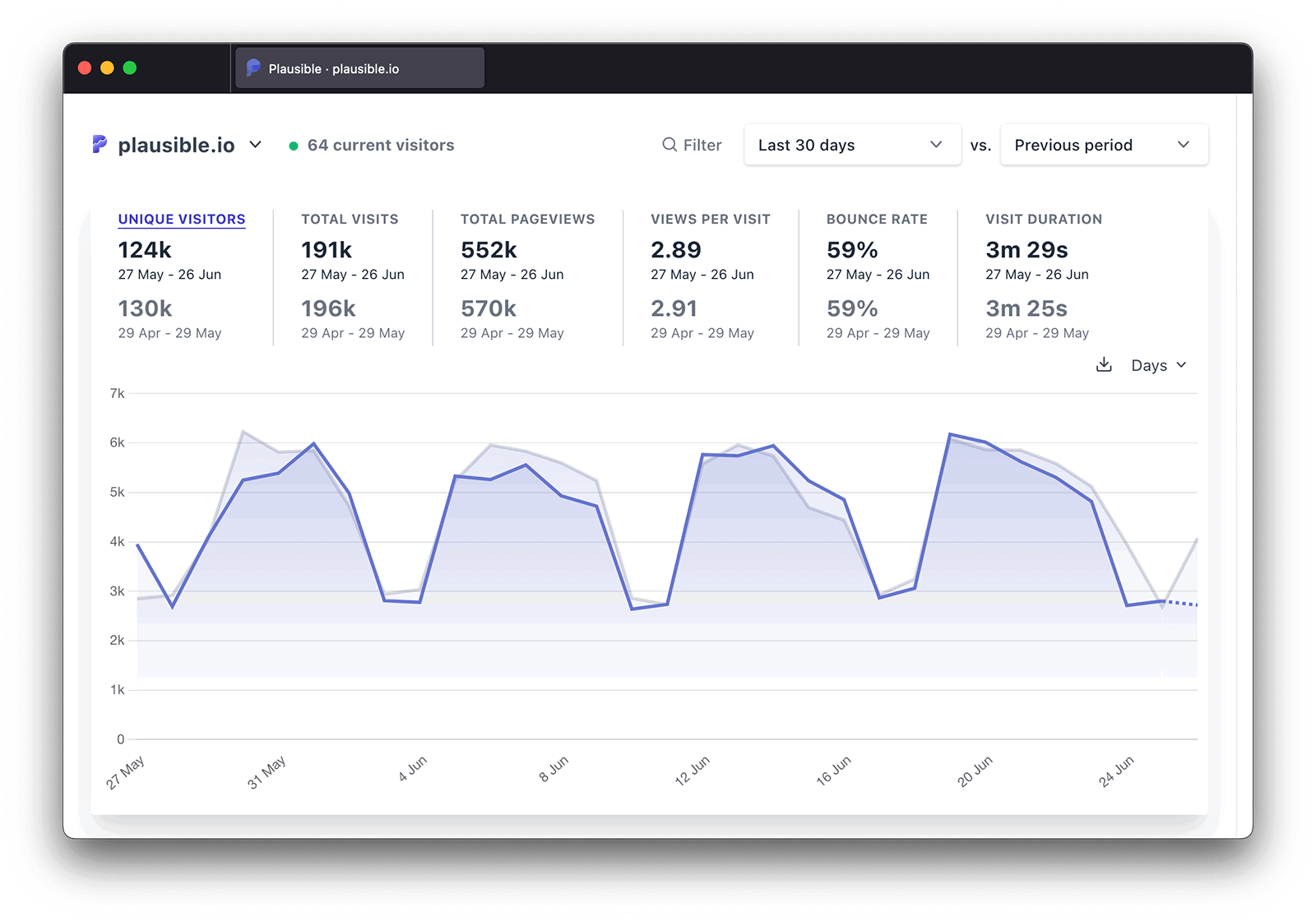Unloading the Secret: When Does the Google Analytics Tracking Code Send an Event Hit to Analytics?
Unloading the Secret: When Does the Google Analytics Tracking Code Send an Event Hit to Analytics?
Blog Article
Master Site Insights With Accurate Google Analytics Monitoring Code
The efficient utilization of Google Analytics rests on the accurate execution of its monitoring code, a basic action often overlooked by website owners. This apparently straightforward JavaScript fragment, when properly put, becomes the backbone of information collection, supplying insights into customer actions and web site performance. However, obstacles can develop during setup, potentially skewing the information and causing misinformed choices. Comprehending these complexities is important for optimizing the benefits of analytics. What are the usual risks that could undermine your monitoring efforts, and just how can you make sure accuracy in your technique?
Recognizing Google Analytics Basics
Google Analytics is an essential tool for site proprietors and marketing experts, offering invaluable insights right into customer behavior and web site efficiency. At its core, Google Analytics collects data concerning visitors to a site, allowing individuals to assess metrics such as traffic resources, customer engagement, and conversion rates. Comprehending these principles is crucial for enhancing a web site's performance and enhancing user experience.
The platform utilizes cookies to track interactions, tape-recording information such as web page sights, session durations, and bounce rates. This info is accumulated and provided with adjustable control panels, making it possible for customers to visualize trends in time. Secret performance signs (KPIs) can be kept an eye on, such as the total variety of individuals, brand-new versus returning visitors, and the geographic circulation of the target market.
Additionally, Google Analytics uses division features, permitting individuals to isolate specific traffic sources or user demographics for even more targeted evaluation. By mastering these foundational components, internet site proprietors can make enlightened choices concerning material method, advertising campaigns, and overall site renovations. Inevitably, recognizing Google Analytics fundamentals is crucial for leveraging information to drive growth and achieve business objectives effectively.
Establishing Your Monitoring Code

Copy the offered tracking code and paste it into the HTML of your site. Ideally, this code should be placed in the header area of every web page you desire to track. This ensures that the monitoring code lots prior to any type of other content, permitting it to catch data accurately. There are plugins readily available that simplify the assimilation procedure. if you are utilizing a content management system (CMS) like WordPress.
After installation, validate that the tracking code is operating properly by utilizing Google Tag Aide or the Real-Time reports in Google Analytics - when does the google analytics tracking code send an event hit to analytics?. This action is important to validate that your data collection is energetic and precise, establishing the foundation for informative analysis
Typical Monitoring Code Issues
This may occur when the tracking code is positioned in the incorrect section of the internet site's HTML, usually leading to missing or insufficient data. Additionally, having multiple circumstances of the tracking code on go a single page can result in filled with air metrics, as customer interactions may be counted a lot more than once.
One more problem occurs from using advertisement blockers, which can protect against the monitoring code from carrying out completely, therefore skewing navigate to this website information. when does the google analytics tracking code send an event hit to analytics?. Moreover, failing to configure filters appropriately can cause the exclusion of important web traffic sources or the incorporation of unwanted recommendation spam, misshaping the data collected
Site owners may additionally forget the significance of monitoring code updates, specifically when migrating to Google Analytics 4 (GA4) from Universal Analytics. Last but not least, inadequate screening before launching changes can cause unseen mistakes in the monitoring code, additionally making complex data dependability. Attending to these common concerns is essential for making sure precise monitoring and insightful analytics.
Studying Web Site Data Effectively
Exact information collection is just the initial step in leveraging Google Analytics; the actual worth hinges on effectively analyzing that data to drive educated decision-making. To achieve this, it is necessary to determine vital performance indicators (KPIs) that straighten with your business objectives. Concentrate on metrics such as conversion prices, individual engagement, and website traffic resources, as these will provide insights into user habits and the overall performance of your site.
Making Use Of Google Analytics' segmentation functions enables read this for a deeper understanding of your target market. By breaking down data into specific demographics, behaviors, and web traffic channels, you can discover fads and patterns that notify targeted approaches. Implementing customized records and dashboards can streamline this process, enabling quick accessibility to significant information.
Additionally, regularly assessing information patterns gradually aids to identify abnormalities and chances for improvement. Make use of visualization tools to present data in a quickly digestible format, helping with a lot more efficient communication with stakeholders. Eventually, the capacity to examine website information efficiently empowers services to make strategic decisions that enhance individual experience, maximize advertising efforts, and drive development.

Finest Practices for Accurate Monitoring
Executing efficient tracking practices is essential for getting dependable information in Google Analytics. To guarantee exact tracking, start by appropriately installing the Google Analytics tracking code on every web page of your website. This can be achieved through a tag supervisor or by directly installing the code into the HTML.
Next, configure your Google Analytics account to leave out inner website traffic. This can be done by establishing filters that recognize and eliminate brows through from your organization's IP address, therefore avoiding manipulated data. Furthermore, utilize event monitoring to check particular user communications, such as downloads or video clip plays, which common page views might overlook.
Frequently audit your monitoring setup to verify that all features, such as goals and ecommerce tracking, are operating correctly. Establish a regular naming convention for your campaigns and events to facilitate simpler reporting and analysis.
Finally, consider leveraging UTM specifications for campaigns to gain insights into the performance of different advertising and marketing initiatives. By complying with these finest practices, you can improve the accuracy of your data collection and evaluation, inevitably bring about more enlightened decision-making for your website.
Verdict
By making sure the monitoring code is appropriately placed and on a regular basis examined, website proprietors can record essential customer interaction information, hence promoting the recognition of key performance indications. Eventually, a robust monitoring framework improves the capacity to drive interaction and improve total site efficiency.

Inadequate testing prior to introducing adjustments can result in unseen mistakes in the tracking code, even more complicating information reliability.Carrying out efficient monitoring methods is important for obtaining dependable data in Google Analytics. By ensuring the tracking code is appropriately placed and on a regular basis examined, internet site owners can record important customer interaction data, therefore helping with the recognition of key performance indications.
Report this page